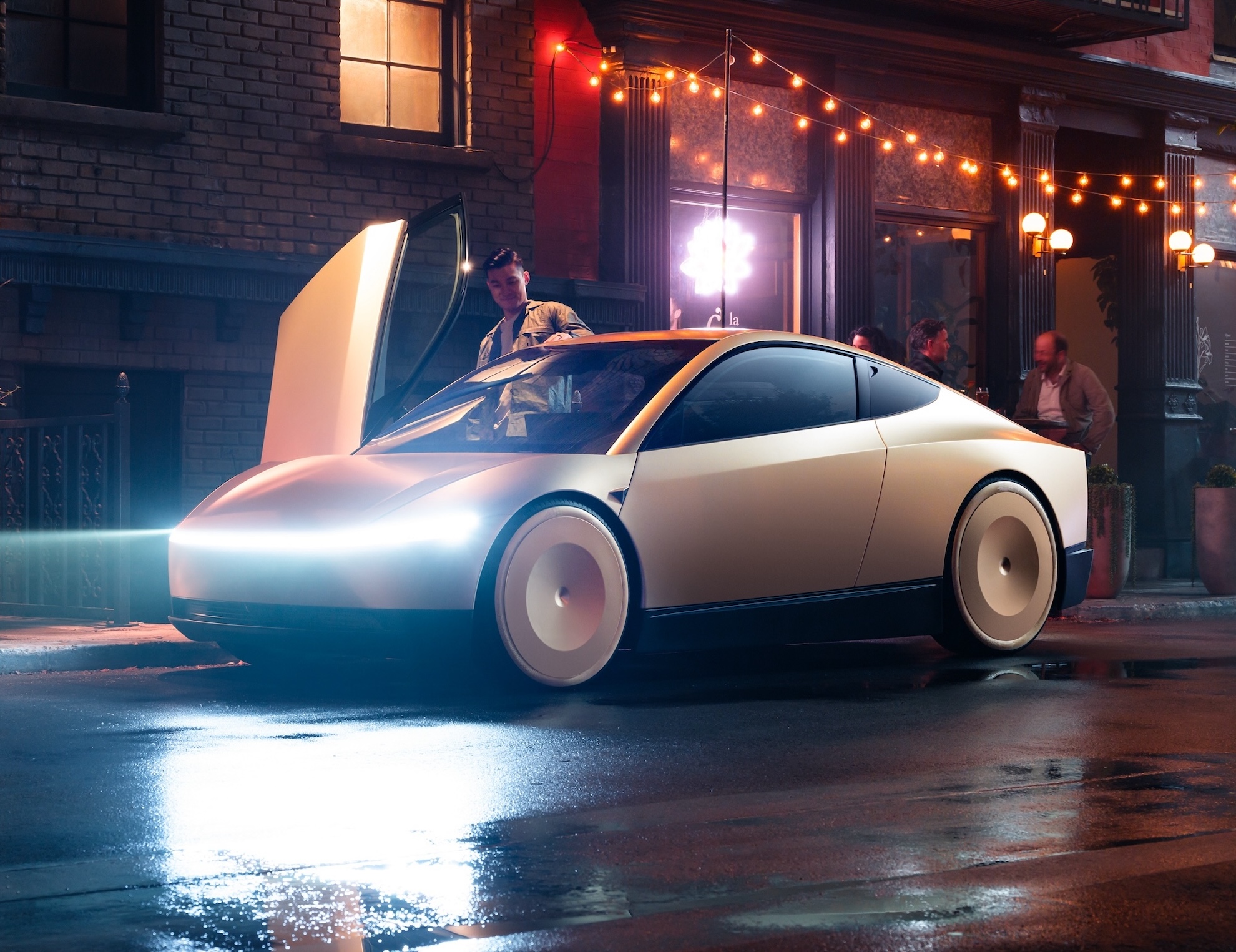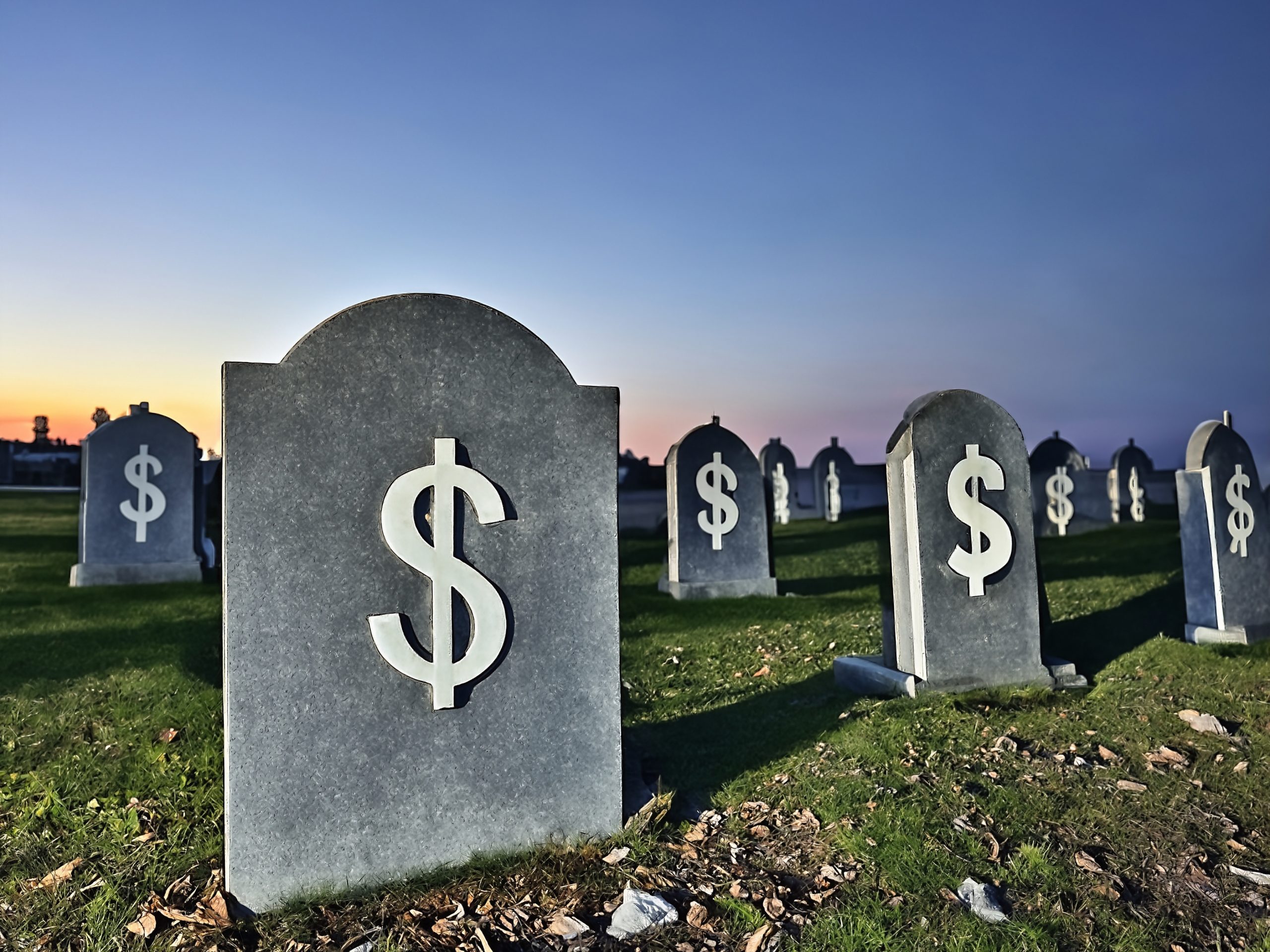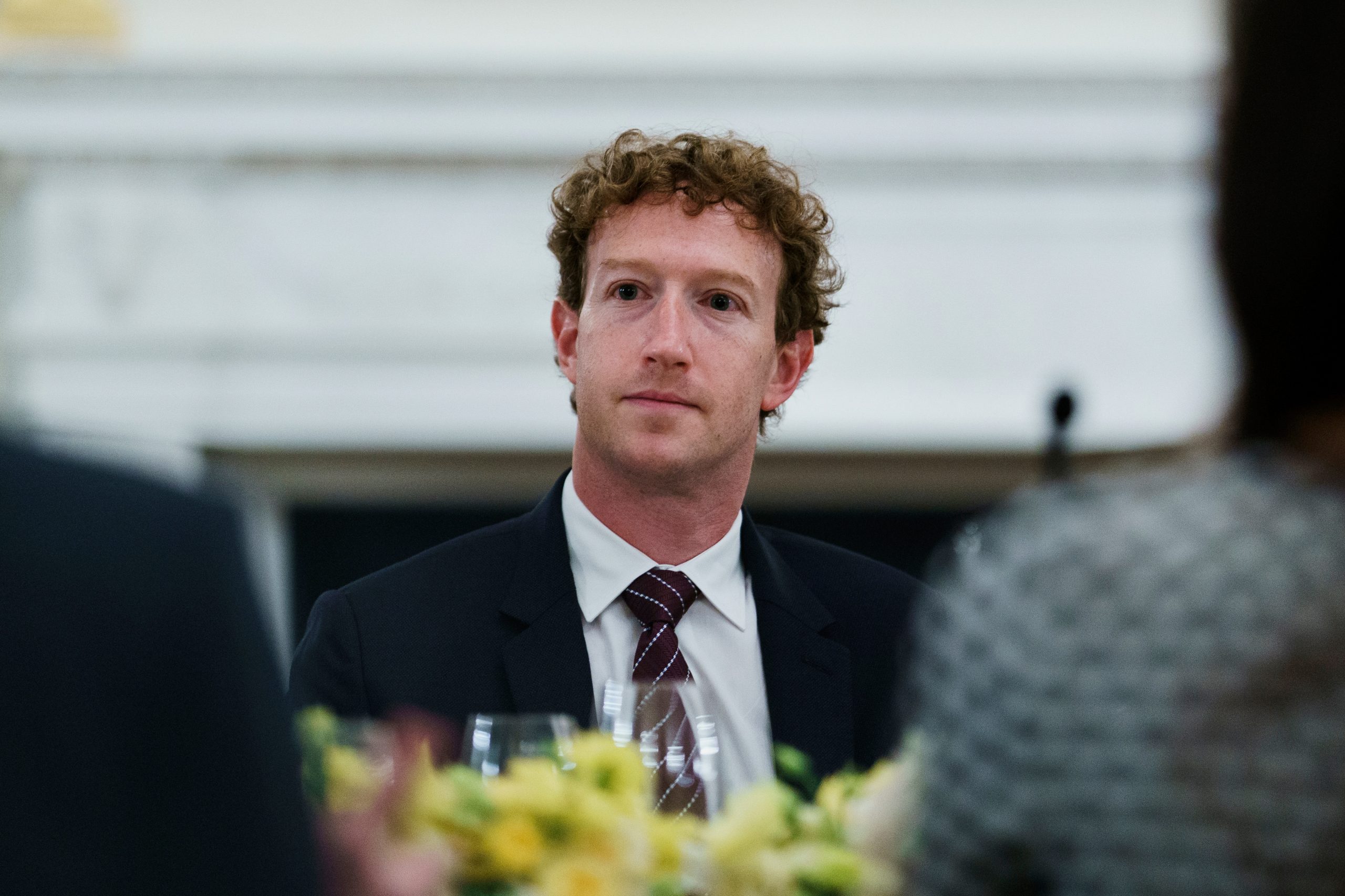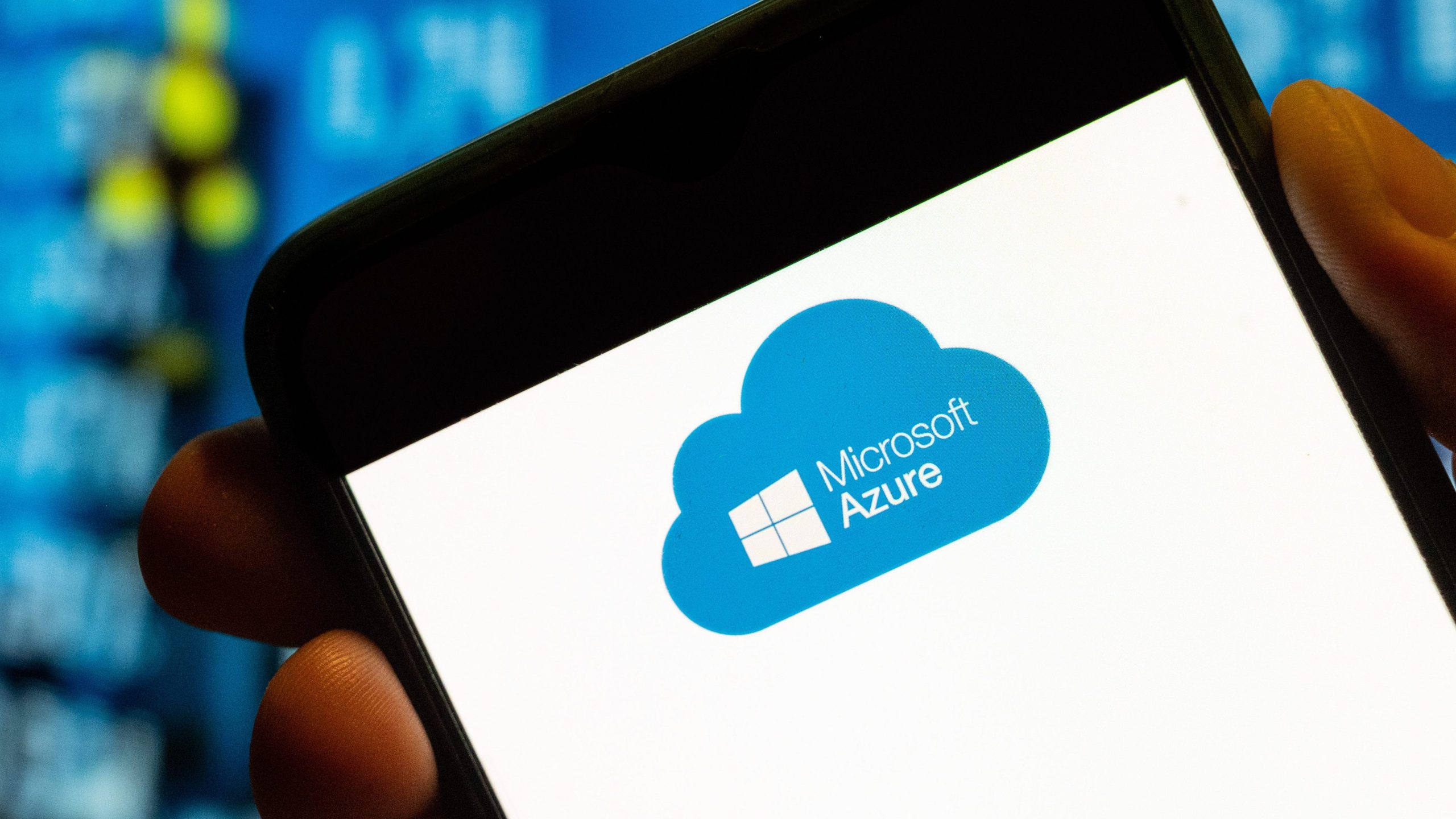
Tesla CEO Elon Musk recently declared that production of the Cybercab, the company’s highly anticipated autonomous electric vehicle designed without traditional controls, is slated to commence in April at its manufacturing facility in Austin, Texas. This announcement, made during a pivotal shareholder meeting, underscores Tesla’s unwavering commitment to realizing a fully driverless future, even as the broader autonomous vehicle industry grapples with significant technical and regulatory hurdles.
A Bold Vision for Autonomous Transport
Musk’s pronouncements came moments after shareholders overwhelmingly approved a controversial compensation package for him, potentially valued at an unprecedented $1 trillion in company shares. This substantial endorsement of his leadership provided a powerful backdrop to the unveiling of aggressive timelines for the Cybercab, a vehicle envisioned to revolutionize urban transportation. The Cybercab, according to Musk, is meticulously engineered for "unsupervised, full self-driving," lacking not only pedals and a steering wheel but also conventional side mirrors. This minimalist design philosophy aims to optimize the vehicle for the "lowest cost-per-mile in an autonomous mode," positioning it as a potentially disruptive force in the ride-hailing and logistics sectors.
The concept of a purpose-built robotaxi has been a long-standing aspiration for Tesla, first publicly articulated during its "Autonomy Day" event in 2019. At that time, Musk famously predicted that Tesla would have a million robotaxis on the road by 2020. While that ambitious timeline was not met, the continuous development of Tesla’s Full Self-Driving (FSD) software, albeit with incremental releases and ongoing beta programs, has kept the vision alive. The Cybercab represents the physical manifestation of this ambition—a vehicle specifically engineered from the ground up to operate without human intervention, in stark contrast to other robotaxi services that often adapt existing passenger car models.
A History of Ambitious Timelines
Tesla’s journey into autonomous driving began with its Autopilot system, introduced in 2014, which offered advanced driver-assistance features like adaptive cruise control and lane keeping. Over the years, this system evolved into "Full Self-Driving" (FSD), a more comprehensive suite of features intended to eventually enable complete autonomy. Despite its name, FSD currently requires active human supervision, with drivers frequently reminded to keep their hands on the wheel and remain attentive. This ongoing need for human oversight highlights the immense complexity of achieving true Level 5 autonomy, where a vehicle can operate under all conditions without any human input.
The Cybercab itself was first formally revealed in October 2024 at Tesla’s "We, Robot" event held at the Warner Bros. Discovery studio in California. At that time, Tesla hinted at eventually selling these vehicles for personal use, in addition to deploying them as part of a dedicated robotaxi fleet. More recently, in June, Tesla launched a nascent robotaxi service in select areas of Austin, Texas. However, this service currently utilizes Model Y SUVs equipped with a purportedly "unsupervised" version of Tesla’s FSD software, but crucially, a Tesla employee remains present in the passenger seat as a safety monitor. This operational model underscores the cautious approach still necessary even for systems described as "unsupervised," reflecting the inherent challenges and safety considerations in deploying cutting-edge autonomous technology.
Design Philosophy and Manufacturing Claims
Musk’s vision for the Cybercab extends beyond its driverless capabilities to a revolutionary manufacturing process. He touted an astonishing 10-second cycle time for the manufacturing line, a monumental leap from the approximate one-minute cycle time typically required to assemble a Model Y. Such an acceleration in production efficiency, if achievable, would be unprecedented in the automotive industry. Musk projected that this rapid assembly could enable Tesla to produce between 2 million and 3 million Cybercabs annually, suggesting a future where these autonomous vehicles are ubiquitous.
This audacious claim reflects Tesla’s ongoing pursuit of manufacturing innovation. The company has previously pioneered concepts like the "Gigafactory" and integrated casting processes to simplify vehicle construction. However, a 10-second cycle time for a complex vehicle assembly would necessitate a paradigm shift in automation, robotics, and supply chain management. Achieving such speeds would not only redefine automotive manufacturing benchmarks but also drastically reduce production costs, aligning with the Cybercab’s stated goal of offering the "lowest cost-per-mile." The economic implications of such a manufacturing breakthrough could be profound, allowing Tesla to potentially flood urban centers with its robotaxi fleet at a highly competitive price point, challenging traditional transportation models.
Navigating the Regulatory Labyrinth
While Tesla’s technological ambition is clear, the path to deploying a vehicle like the Cybercab—one without conventional controls—is fraught with regulatory challenges. Operating such a vehicle on public roads necessitates specific exemptions from federal regulators, particularly from agencies like the National Highway Traffic Safety Administration (NHTSA). These exemptions are crucial because current automotive safety standards are predicated on the presence of a human driver with access to a steering wheel, pedals, and mirrors for direct control.
The regulatory process for these exemptions is notoriously complex and often protracted. For instance, Amazon-backed Zoox, another prominent player in the autonomous vehicle space, successfully secured an exemption to demonstrate its custom-built robotaxis on public roads. However, even Zoox is still in the process of seeking a broader exemption that would permit it to operate a commercial robotaxi service. General Motors’ Cruise division encountered significant hurdles, ultimately failing to gain approval for its custom-built Cruise Origin vehicle, which also lacked traditional driver controls. Waymo, widely considered the dominant robotaxi service provider in the U.S., has largely adhered to using modified Jaguar I-Pace vehicles that retain conventional controls, acknowledging the current regulatory landscape while also developing new vehicles in partnership with companies like Zeekr.
Musk, however, appeared undeterred by the potential regulatory obstacles. He expressed gratitude to Waymo for "paving the path" and conveyed confidence in Tesla’s ability to deploy all manufactured Cybercabs. His rationale suggests that as autonomous vehicles become more commonplace and demonstrate their safety, regulatory bodies will have progressively fewer justifications to withhold approvals. This perspective reflects a belief that societal acceptance and demonstrated operational success will eventually compel regulatory frameworks to adapt, rather than awaiting pre-emptive legislative changes.
The Broader Autonomous Landscape
The announcement of Cybercab production intensifies the competition within the nascent autonomous vehicle industry. Companies like Waymo and Cruise have already deployed commercial robotaxi services in limited geographies, albeit with varying degrees of success and public acceptance. Waymo, a subsidiary of Alphabet, has accumulated millions of driverless miles, meticulously documenting its safety record and gradually expanding its operational design domains. Cruise, despite its early lead, faced significant setbacks, including a temporary suspension of its California operating permit following a series of incidents, underscoring the delicate balance between innovation and public safety.
Tesla’s approach differs fundamentally from many of its rivals. While companies like Waymo and Zoox heavily rely on expensive sensor suites including lidar, radar, and high-resolution cameras, Tesla primarily champions a "vision-only" strategy, leveraging an array of cameras and powerful neural networks to perceive the environment. This distinction is not merely technical; it reflects divergent philosophies on how best to achieve robust autonomy. Tesla’s vision-centric approach, if proven scalable and safe, could offer a significant cost advantage, potentially accelerating mass adoption. However, it also faces skepticism from parts of the industry that argue for the redundancy and robustness offered by multiple sensor modalities.
Market Disruption and Societal Implications
The widespread deployment of Cybercabs could trigger profound market and societal shifts. Economically, the "lowest cost-per-mile" model promises to drastically undercut existing taxi and ride-hailing services, potentially leading to a significant transformation of the personal transportation market. For consumers, this could translate into more affordable and accessible mobility options, particularly in urban areas. However, this disruption also raises questions about job displacement for professional drivers and the future of vehicle ownership.
Socioculturally, the introduction of truly driverless vehicles without human controls would represent a monumental shift in public perception and trust. Safety remains the paramount concern, and public acceptance will hinge on the flawless performance and transparent reporting of autonomous systems. The integration of millions of robotaxis into urban infrastructure would necessitate rethinking urban planning, traffic management, and even public transit systems. Cleaner, quieter electric robotaxis could also contribute positively to environmental sustainability by reducing emissions and traffic congestion, especially if private car ownership declines in favor of on-demand autonomous fleets.
Challenges and the Road Ahead
Despite the ambitious production timeline and Musk’s characteristic optimism, significant challenges remain. Foremost among these is the unproven capability of Tesla’s FSD software to operate reliably and safely at scale without any human supervision. The company has yet to demonstrate this level of autonomy consistently across diverse driving conditions and geographies. Ensuring the safety of a vehicle devoid of traditional controls is a responsibility of immense magnitude, requiring rigorous validation and public confidence.
The regulatory environment will continue to be a critical factor. While Musk expresses confidence in regulators eventually acquiescing, the process is inherently cautious and driven by public safety mandates. Harmonizing federal and state regulations, establishing clear liability frameworks, and developing robust certification processes for driverless vehicles will be essential. Furthermore, the sheer scale of Tesla’s production ambition for the Cybercab presents manufacturing challenges that, even for a company known for its innovative production techniques, would be unprecedented.
Ultimately, the Cybercab represents Tesla’s boldest bet on the future of transportation. Its imminent production timeline signifies a pivotal moment, pushing the boundaries of what is technologically feasible and challenging established norms. Whether Tesla can successfully navigate the intricate web of technical hurdles, regulatory complexities, and public skepticism will determine if the Cybercab truly becomes the ubiquitous autonomous mobility solution envisioned by its creator. The journey from announcement to widespread deployment is long, but the starting gun for the Cybercab’s production has now been fired.




